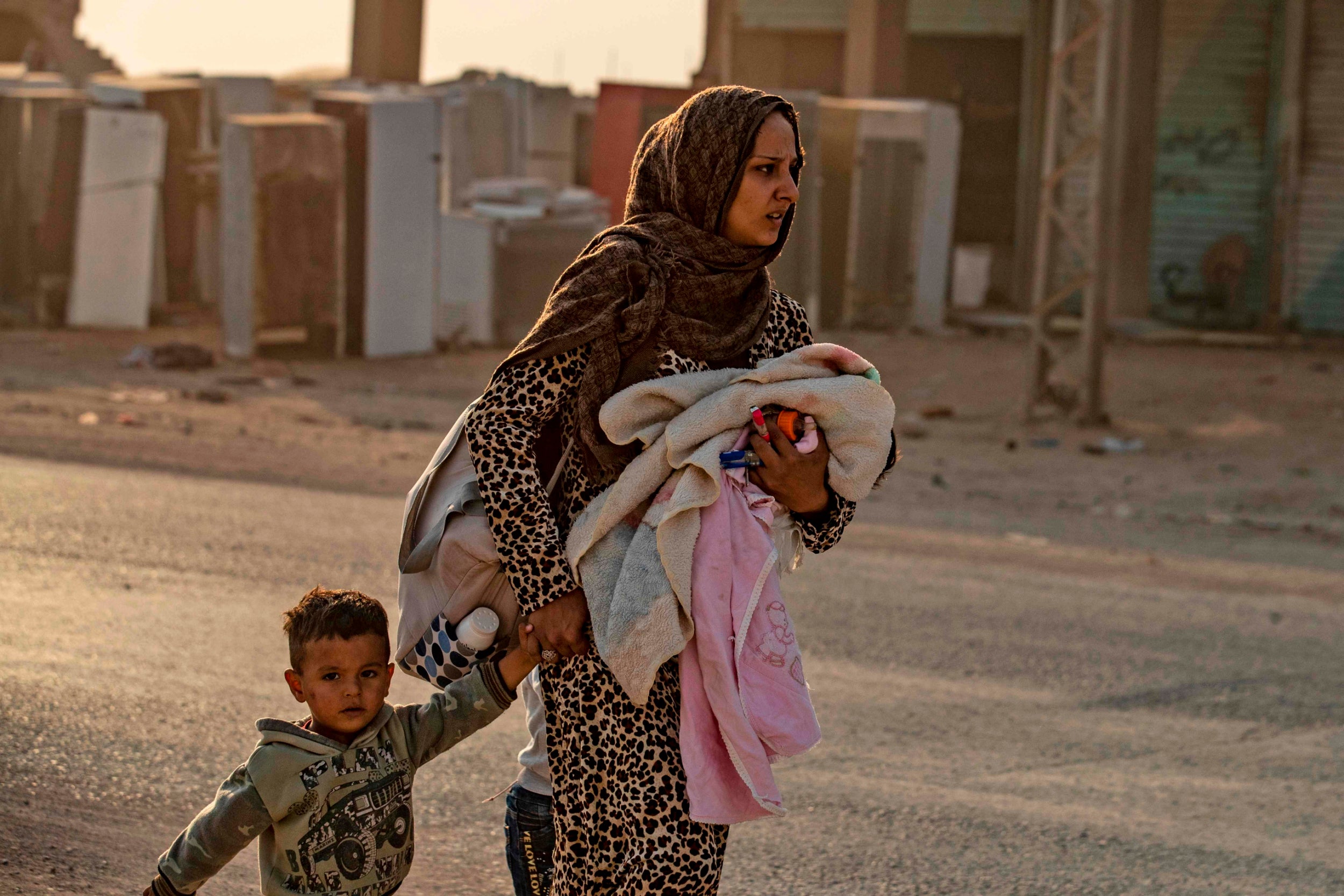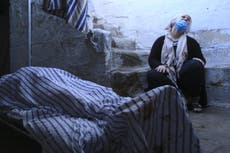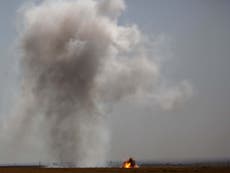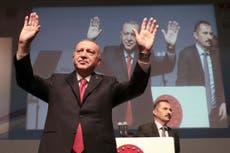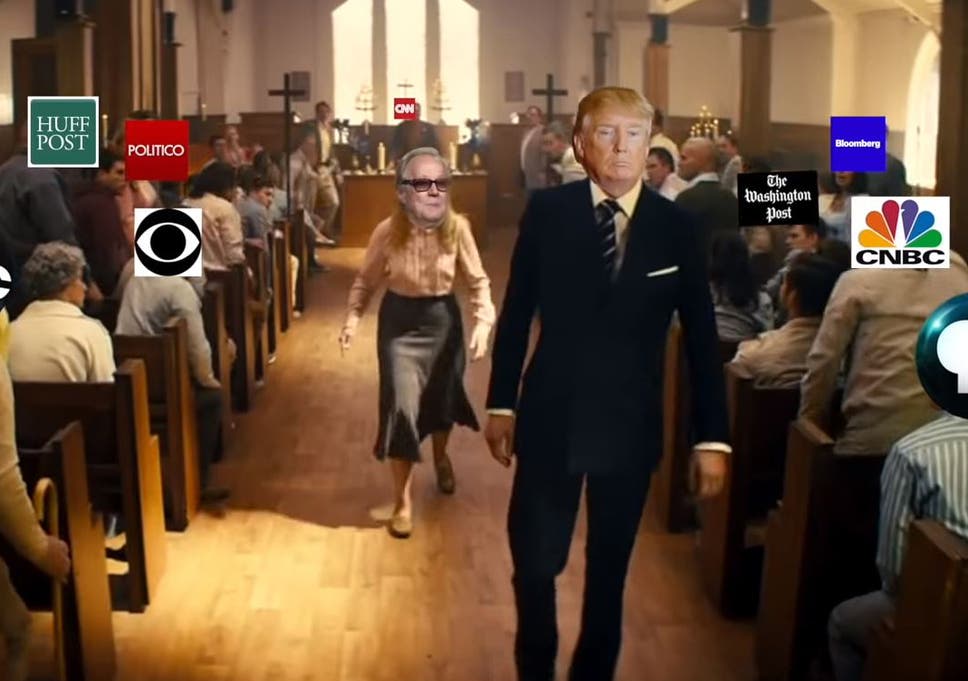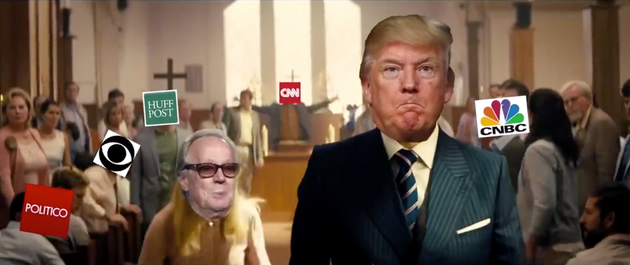The Political Personality As An Aim Of Education
Dr. Eduard Spranger
The historical development of civilised humanity may be compared to a river which but seldom fills the entire breadth of its bed. According to the fall of the ground it drives the bulk of its energy now to this side, now to that; sometimes whole stretches of land between the two banks remain unwashed by the waters; then again it presses forward with might and main, making use of all its possibilities towards expansion.
This change of energy in the stream of life may be traced in particular in the change which takes place with regard to educational aims insomuch as we become conscious of them. Later on, educational aims of a chiefly economic or political, or learned or aesthetic nature, branch off from the religious source which still comprises existence in its entirety. Their intrinsic value, too, changes, of course, with the general situation of the times and with the specific will to life of the generations. Yet there is something typical in them, or they could not be given such general names. In Germany today people expressly profess the aim of education to be political.
If we would understand the main issue of this idea, we should have to comprehend the essence of what is political. Carl Schmitt, the leading expert in political law, has termed the contrast friend-enemy to be the original phenomenon on which are based all political groupings. Doubtless this contrast pervades all forms of culture which stand out in the life of the Nations as a whole as being definitely political. But the problem must be pressed further: why are people each other's friends or enemies? Frequently they are so from incentives and in a manner which has little to do with what is political, even if the meaning of the word is traced back to an original sense which existed before the outer and inner organisation of public life, a method which I take to be the right one. What is political has, it is true, only become quite manifest within the compass and in the life of the polis. The friend-enemy relation of men may mean a mere horizontal relation between groups and individuals. What is originally political, however, comprises vertical relations, the tendency to be at the top and not at the bottom. In other words: the will to power as a fundamental fact of men living together, indeed even as a vital root of individual life, is the main issue of what is political. The State is only a complicated form of balancing the different powers, and, finally, the highest collective power emanating from, or, vice versa, forging a national unit.
At all times the education of man to become a political personality -- an ideal which appears very frequently and most emphatically in the history of the human mind -- has meant a development of the will to power in one sense or another. It is subject to all the laws of structure and happening which pervade the sphere of power. It presupposes in the individual as the centre of his life, so to speak, a disciplined will which is ennobled in the school of obedience towards the ethical art of commanding. This discipline of the will, however, that is, self command as a preliminary condition of commanding others, sends forth its ray in various directions as soon as it is practised in the sphere of political life as such. For in that case a State-supporting personality is to be formed, who, in the highest stage of perfection, may some day rise to a personality commanding the State.
There is sufficient evidence in the history of education that a State-supporting personality may appear in many varieties. In his original form he is the able bodied man ready to defend the State, his Country, and his Folk, thus contributing his share towards the physical power of the State. However, the State is never an expression of power alone, but, at the same time, a structure regulated by law. It is power partly through law and in the shape of law. On the other hand, law itself is a particular manifestation of power and a system of the distribution of power, of a collective guarantee of duties and rights (spheres of liberty). So there is another variety of the political personality, namely, the legal personality, a fact which becomes most evident in the ancient Roman conception of the personality. Finally, history teaches us that, apart from the display of military power, the art of rhetoric has always been an essential political expedient, particularly in the domestic fight for power between rival groups. In spite of Plato, philosophy has not managed to become the organising power in political life. Rhetoric, which in ancient times struggled against it for centuries to win the first place in education, has certainly taken precedence in political matters, The third variety, therefore, of the political personality is the rhetorical personality, if we mean by this that type of human being who develops and uses the power of speech expressly as a political expedient. Thus the educational ideal of the political personality is split up into the three primary types of the military personality, the legal personality, and the rhetorical personality.
All three have their peculiar history. The soldier, the jurist, the orator of today are different from what they were in the Attic democracy of the fourth century, in the Rome of the Emperors, or in the so called Renaissance period. Naturally they all absorbed an ever increasing portion of the scientific and technical tradition of their time. They all formed themselves and changed according to the structure of the political organism in whose service they stood, and which they supported. In their primary type, however, as special original phenomena of what is political, they remain what they were throughout the ages.
The political personality, as he is meant to be the ideal of education in Germany today, bears a peculiar mark of his own. We are experiencing a renewal of our Folk which goes back to the vital biological roots of the successive generations and of the individual. We are, further, passing through a process which is going to recast and reverse our national strata, at the same time bringing about a fundamental change in our social structure. The new form demands a decisive discipline of the will for its basis, which we have found to be the general foundation of what is political. This discipline begins with the health of the body and the instincts, rising to a defensive capacity, to a type of man which should never be termed warlike or menacing, because its intention is to realise the eternal form of soldierly attitude in the entire sphere of life, not in a professional military sense. The spirit of self sacrifice, a readiness to serve and a consciousness of being deeply connected with the Nation as a whole -- these are the fundamental virtues which are to support the State. So there is a superpersonal ideal background to the entire system of education: a feeling of responsibility towards the Nation and the State, manifesting itself in deeds and not only in words. Everything depends on clearly distinguishing this ideal from a collectivism which we find in Russia, and which is definitely rejected by the German mind.
Turning away from individualism does not mean a depreciation of the individual. After the Napoleonic period, Pestalozzi, one of those who discovered that each Folk has its national individuality, most emphatically stressed the fact that education is not based on the collective existence of the human race, nor that this can be its aim. (See his book: An die Unschuld, den Ernst und den Edelmut meines Zeitalters -- To The Innocence, Seriousness, And Magnanimity Of My Age, 1815.) All true education is applied to the individual, but today this is the case in a very special sense. Education does not take the individual as an isolated being whose vocation is mere self preservation, not even as a being whose chief aim would be mere self realisation, but it means the individual as a future responsible representative of superindividual values and their moral consequences. The individual as such is indispensable, it is true; he is indeed the only representative that we know of which is superindividual. For a generation, a Nation, even a State, only live as long as they make the whole of their individuals now living the vessel of their values and representatives of their spirit. National education, also national education with a political aim, never penetrates to the masses unless it has reached the individual first. Mass education is a term which gives rise to misunderstandings; the moral focus of the will, of decision, of even discipline, always rests with living souls in whom the divine spark must first flare up, if it is intended to kindle the great fire of the common spirit. Collective responsibility consists of many small responsibilities. The national language, for instance, does not exist by itself, it only exists through the medium of those who take part in the community of language and who are, in their small part, responsible for the purity, spirit, and growth of the language. The entire culture of a Folk, which it has acquired in the course of history, is only alive if it lives through individual souls who are conscious of their responsibility in the successive generations. The same is the case with the State.
The catchword education of the political personality means neither the mass being nor the individual without a soul. In its last interpretation, it rather implies that we are beginning to mean by soul something more than what is in the body, and by personality something more than self-sufficiency and self-seclusion. The soul itself is the point of intersection of the spiritual stream; it widens with the duties it fulfils, conscious of its own responsibility. The political personality is one which takes part in the spiritual connections. Apart from all this, the soul is ever and alone that point in life where there is a connection with God. For to whom should we feel thus responsible, if not to God? The personality is the individuality chosen by the spirit to be its representative, thus ceasing to cultivate, in its narrow sphere, a misunderstood autonomy. It is the name of a person conscious of moral ties and obligations. The term political personality must therefore be based on an ethical ideal, which the best representatives of the Nation have anticipated in former times. Today it is perceptibly and effectively being appropriated by a youth that is ready and eager to accept real responsibility.
Forschungen und Fortschritte Vol. 1, No. 1 (January 1935).
ALSO SEE https://plawiuk.blogspot.com/search?q=carl+schmitt
ALSO SEE https://plawiuk.blogspot.com/search?q=carl+schmitt
